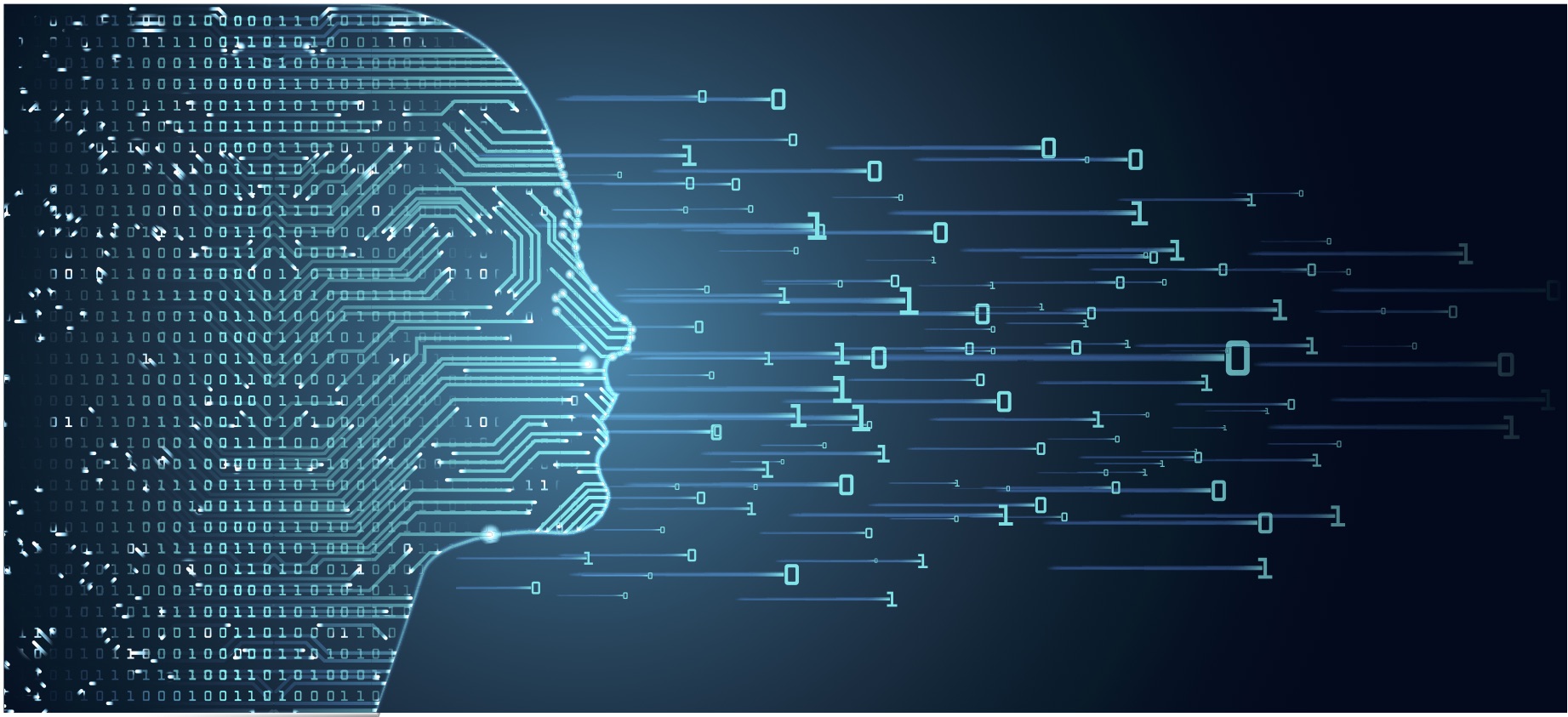
Treatments based around electrical stimulation of the brain have been expanding options for patients suffering from epilepsy and movements disorders such as Parkinson’s disease, and a joint research team from Mayo Clinic and the Google Research Brain Team have announced a new AI algorithm that could expand the options further.
Not surprisingly, examining how brain networks interact with each other is complicated. Brain networks can be studied by delivering brief pulses of electrical current in a specific area of a patient’s brain while also measuring the voltage responses in other areas. While researchers note that, in principle, they should be able to infer the structure of brain networks from the resulting data, the reality is recorded signals are complex, so only a limited number of measurements can be made.
To get a handle on that complexity, Mayo Clinic researchers created a set of paradigms that simplify comparisons between the effects of electrical stimulation on the brain, then teamed up with the Google Research Brain Team to develop an algorithm called “basis profile curve identification.”
For the study, the results of which have been published in PLOS Computational Biology, a patient with a brain tumor underwent placement of an electrocorticographic electrode array to locate seizures and map the brain’s function before removing the tumor. Every electrode interaction resulted in hundred to thousands of time points to be examined using the new algorithm.
“Our findings show that this new type of algorithm may help us understand which brain regions directly interact with one another, which in turn may help guide placement of electrodes for stimulating devices to treat network brain diseases,” Mayo Clinic neurosurgeon and first author of the study Kai Miller, MD, PhD, said in a statement. “As new technology emerges, this type of algorithm may help us to better treat patients with epilepsy, movement disorders like Parkinson’s disease, and psychiatric illnesses like obsessive-compulsive disorder and depression.”
For the study, the authors provided a downloadable code package so others may explore the technique.
“We have explicitly streamlined the framework in order to make the principles clear, and this process has been robust in all of the data we have analyzed,” the researchers wrote. “However, future opportunities may also be explored in other settings, adding complexity at each step . . .”
Nothing that “sharing the developed code is a core part of our efforts to help reproducibility of research,” the researchers suggested “(s)ubsequent studies might vary experimental conditions with a task, medication, or property of the stimulation (current magnitude and temporal profile, or timing between pulses), and quantify signal, noise, and residual structure in the responses.”
The research received support from the National Institutes of Health’s National Center for Advancing Translational Science Clinical and Translational Science Award, the National Institute of Mental Health Collaborative Research in Computational Neuroscience, and the Federal Ministry of Education and Research.
Photo by Ryzhi/Getty Images


